Saint George and the Dragon at the National Theatre
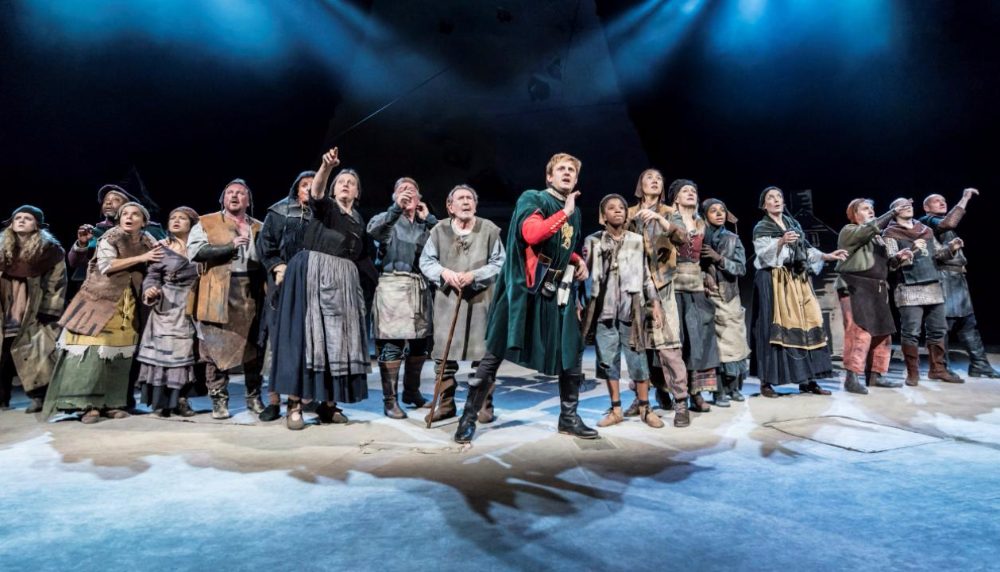
Christmas has come early at the National Theatre, for in Saint George and the Dragon it has the season’s first pantomime. Or, at least, that’s what Rory Mullarkey’s play feels like for its first half. After the interval, however, it somehow becomes sharper and more generic at the same time, painting a bland image of England while finding an interesting metaphor for its ills.
After failing to slay a magnificent beast, George returns home to his rural roots, a kind of every-England that designer Rae Smith paints like a muted Dr Seuss illustration. John Heffernan plays George as a foppish tit tinged with bravery, the soon-to-be saint eventually taking down Julian Bleach’s feudal Dragon lord. And then the Brotherhood calls and George is away again, not before pushing the villagers to imagine their future. One song later and we’re amid urbanisation, the townsfolk back under the thumb of the Dragon, now a titan of industry. The saint returns, and things progress much like they did in the first act: Dragon slayed, England looking forward, George off on his adventures.
Not only are these sections repetitive, they have a panto-vibe just without any real jokes. Part of the problem is Bleach’s performance – it’s so hissable, almost begging for the audience’s boos, that it throws the whole thing off. He’s great fun, but not necessarily the right kind of fun.
Yet as the piece enters the modern day it shifts. George inevitably turns up, yes, with Mullarkey ringing as much fish out of water humour as he can from the scenario. But people don’t need him. The community doesn’t really exist anymore. Yeah, sure, people get together to watch an England game in the pub – who’d have guessed that’d happen in a play called Saint George – but it’s not the same.
For a while this seems to be Mullarkey’s rather predictable point. England, now plagued by an internalised Dragon, has lost its sense of community. But this isn’t where the show ends. In a surprisingly downbeat denouement, George urges the town to go back to the start, back to their simple rural lives. They refuse; they can’t. George lashes out, attacking his friends and loved ones in a fit of rage; he’s become an emblem of (white) England’s obsession with its past glories, the violent embodiment of “it was better in my day”.
Beyond that, the play doesn’t really have any insight – not into race, or gender, or class. It’s a strange, inconsistent, overlong spectacle, continuing the Olivier’s incredibly weird year. Yet there’s still something there, even if it is just oddness, that makes Saint George worth a look.
Connor Campbell
Photo: Johan Persson
Saint George and the Dragon is at the National Theatre from 6th October until 2nd December 2017. For further information or to book visit the National Theatre website here.

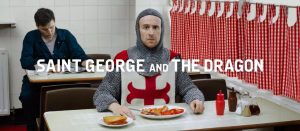
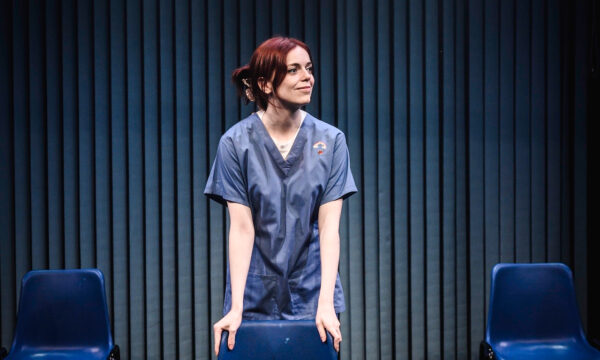
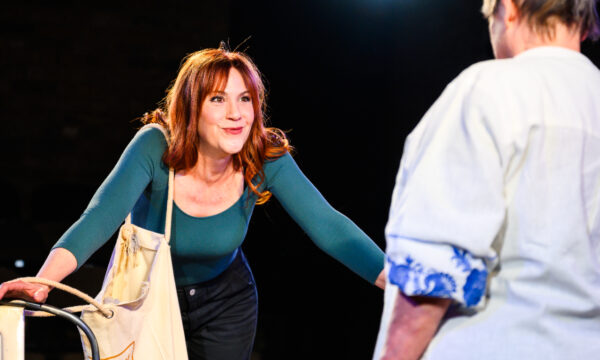
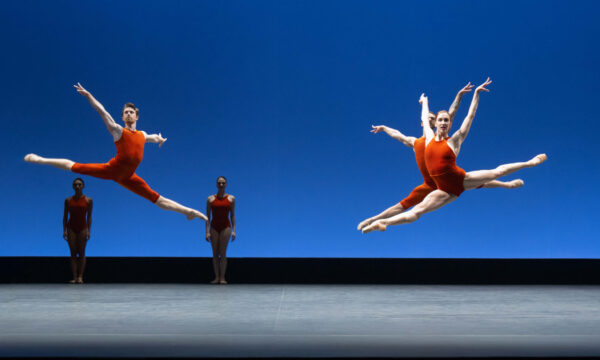
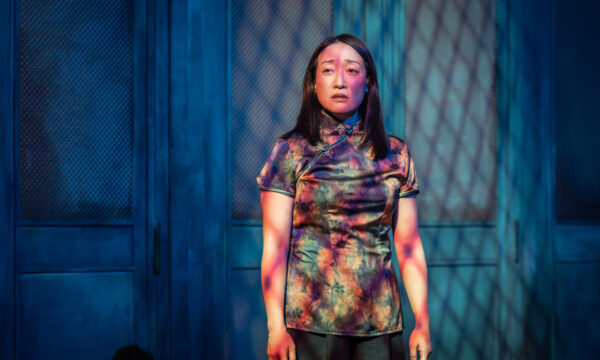
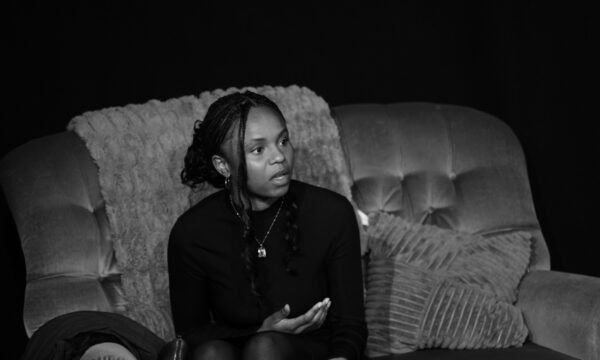
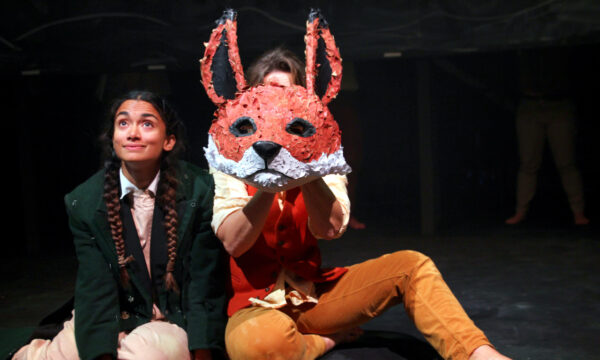
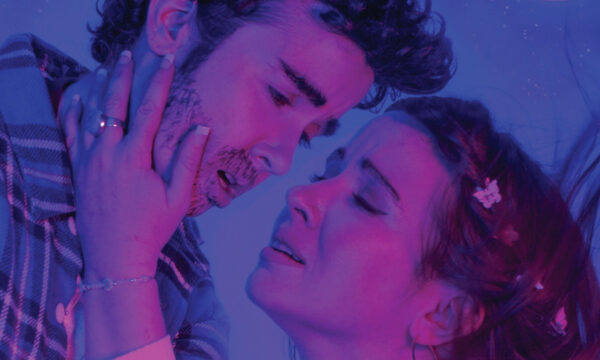
















Facebook
Twitter
Instagram
YouTube
RSS